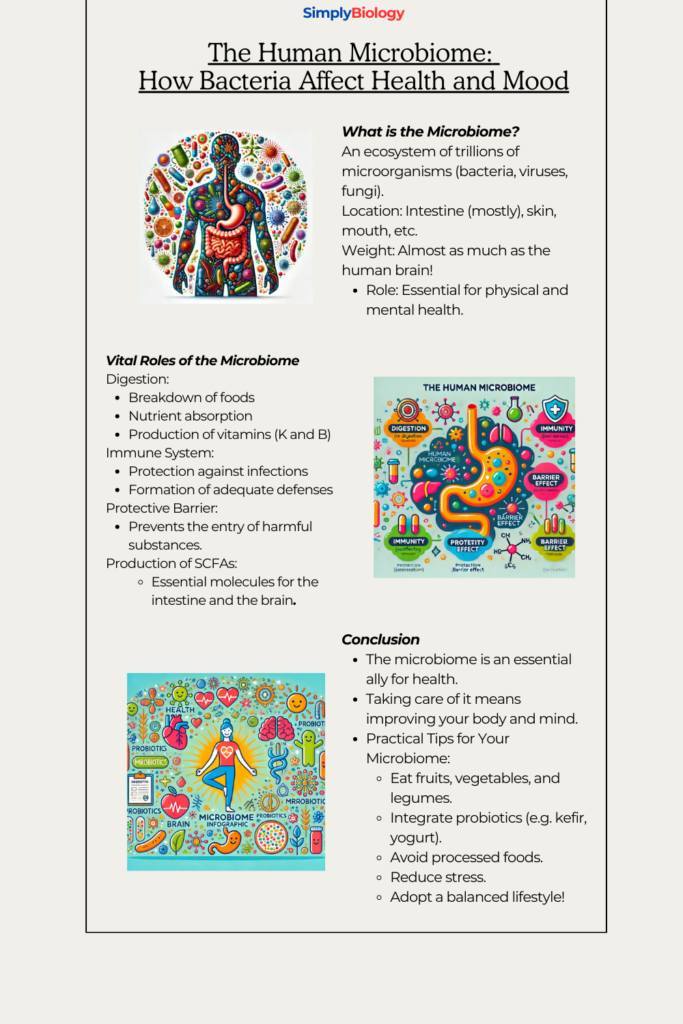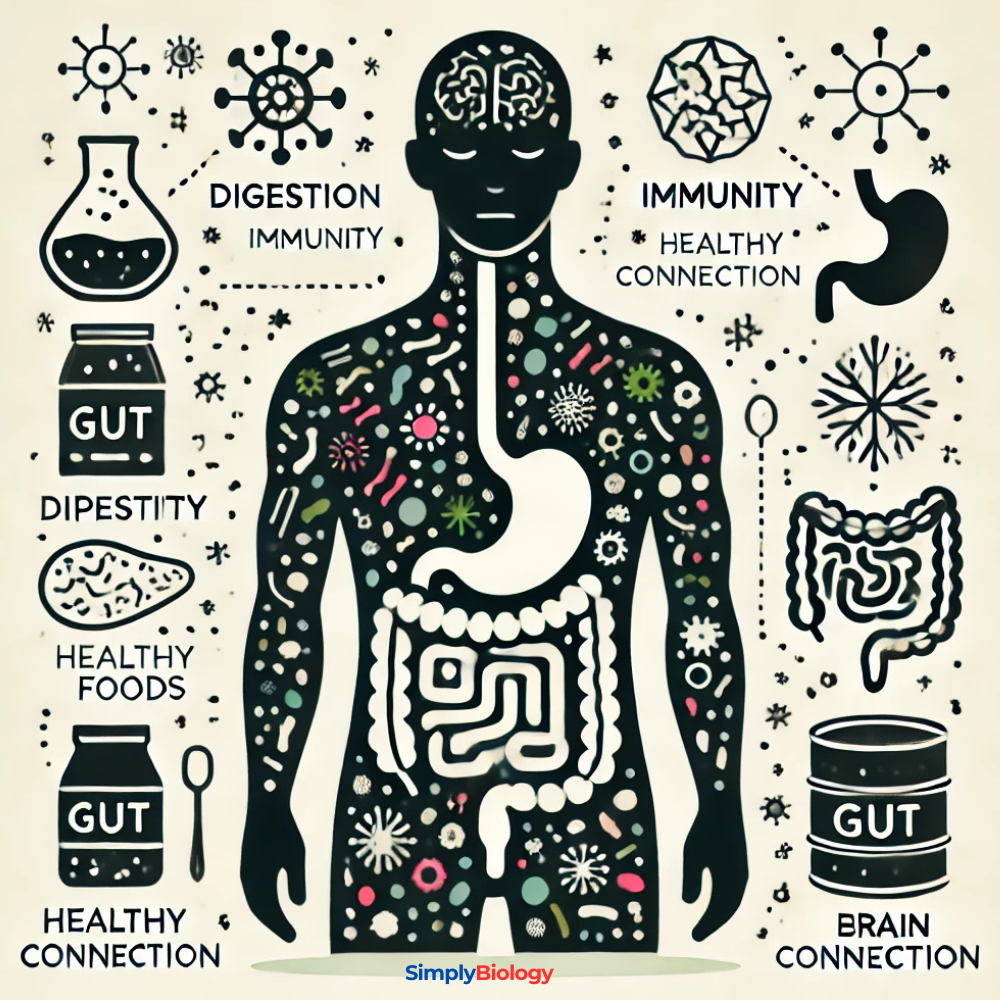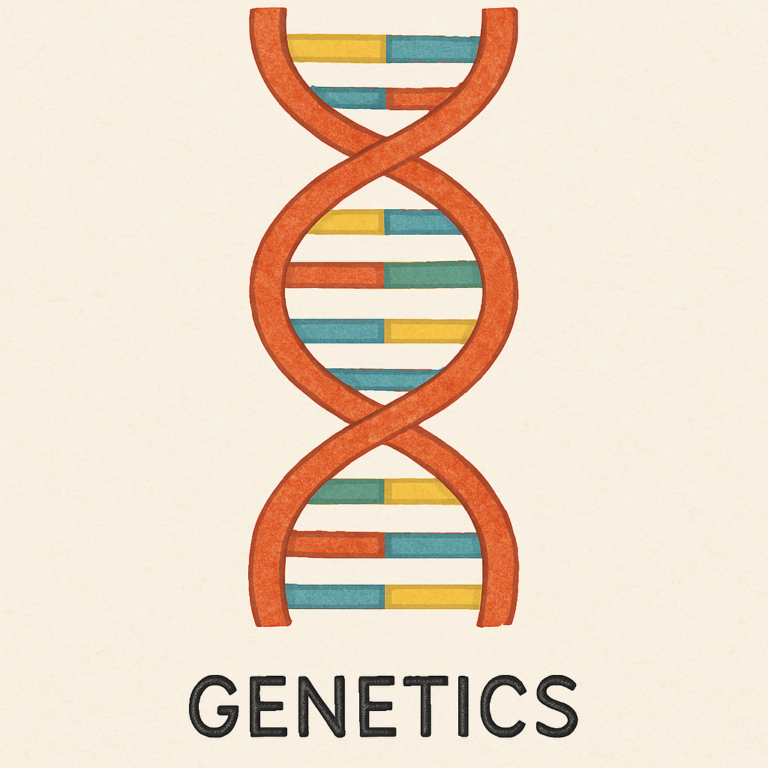Imagine a universe teeming inside you, a hidden ecosystem that weighs almost as much as your brain but consists of trillions of microorganisms. We’re not talking about aliens, but your human microbiome, a community of bacteria, viruses, fungi, and other organisms that reside primarily in your gut, skin, mouth, and other body parts. These little inhabitants are not simple “guests” but key players in your health, capable of influencing your body, mind, and mood.
An Ecosystem
Your microbiome is as unique as a fingerprint, shaped by your genetics, birth pattern, breastfeeding, age, diet, antibiotic use, and lifestyle. This complex community is mainly composed of bacteria, especially groups such as Firmicutes, Bacteroidetes, Actinobacteria, and Proteobacteria. It is a dynamic system constantly evolving, and the balance of your microbiome is critical to your health.The Microbiome and Your Body: An Intimate CollaborationThese microorganisms don’t just live in your gut; they perform vital functions:
The connection between the gut and the brain is known as the gut axis. This two-way communication occurs via nerves, hormones, neurotransmitters, and immune system mediators. Your gut is not simply a digestive tube but a true “second brain” capable of influencing your mood, emotions, and cognition.
When the balance of the microbiome is compromised, health problems can arise, including mood disorders such as anxiety and depression. This condition, known as dysbiosis, is associated with reduced microbial diversity and changes in bacterial composition.
Fortunately, diet can positively influence your microbiome. Diet is one of the main factors shaping the composition and functionality of the microbiome.
Taking care of your microbiome is an act of self-love. A healthy gut contributes to a peaceful mind and a balanced body. It’s not just about nutrition but profoundly connecting with your biology and psyche. Remember, your microbiome is a dynamic and complex ecosystem, reflecting your lifestyle and choices. The road to health and well-being also passes through the care of your body’s small but powerful inhabitants.
Practical Tips
- Eat various whole foods: Opt for fruit, vegetables, legumes, whole grains, and fermented foods.
- Reduce processed foods: Avoid processed foods, refined sugars, and saturated fats.
- Supplement your diet with probiotics: Eat yogurt with live cultures, kefir, kimchi, or other fermented foods.
- Increase your fiber intake: Eat lots of vegetables, fruit, and legumes.
- Manage stress: Practice relaxation techniques such as yoga, meditation, and physical activity.
- Limit the use of antibiotics: Use antibiotics only when strictly necessary and under medical supervision.
- Listen to your body: Pay attention to your body’s reactions to different foods.
Research and Innovation
Microbiome research is constantly evolving. New studies are exploring the therapeutic potential of the microbiome in the treatment of various pathologies, from mood disorders to autoimmune diseases. Their personalized medicine, based on understanding individual microbiome’s unique characteristics, could revolutionize how we care for our health. It is essential to continue supporting research in this field to fully understand the potential and limitations of this approach and translate scientific discoveries into effective therapies.
Bottom line
The microbiome is much more than just a colony of bacteria. It is an indispensable partner for your physical and mental health, a real second brain that influences your mood, emotions, and well-being. Take care of this precious ecosystem; your body and mind will thank you.This article integrates information from all sources and our conversation history and is designed to be engaging and educational.

Microbiome Quiz
1. What is the main role of the microbiome?
2. Which foods are best for the microbiome?
3. What is dysbiosis?
Sources and further reading
- Esquivel, M.K. (2021).
- Cryan, J.F., et al. (2021).
- Huang, F., & Wu, S. (2021).
- Alli, S.R., et al. (2022).
- Costea, D., et al. (2023).
- Soderholm JD, et al. (2002).
- Margolis, K.G., et al. (2022).
- Liu, Y., et al. (2021).
- Dwyer, J.B., et al. (2022).
- Li, H.B., et al. (2023)
- Anonymous (2023).






